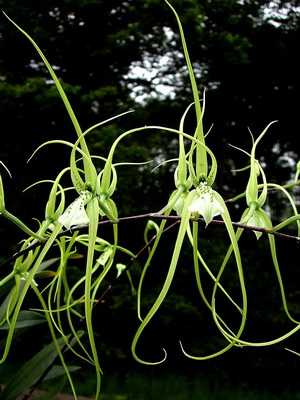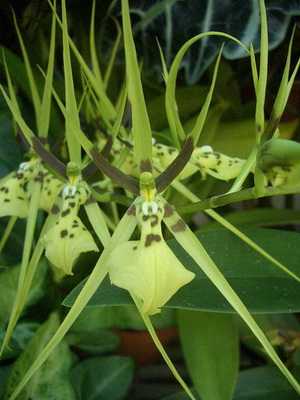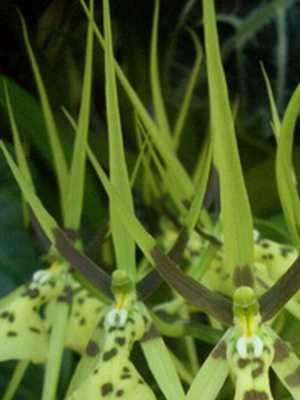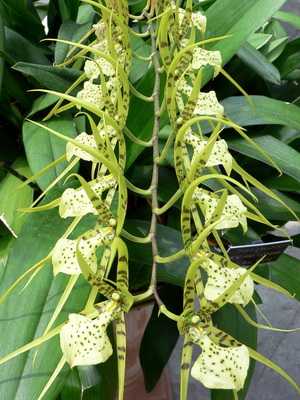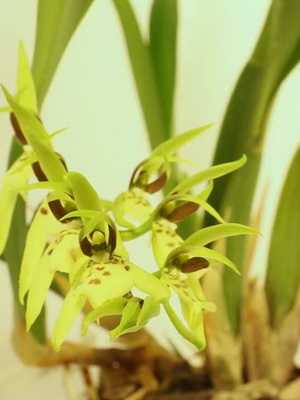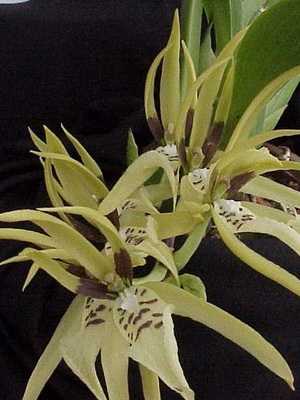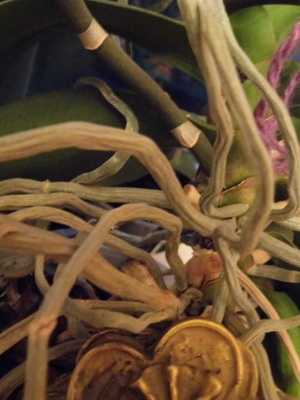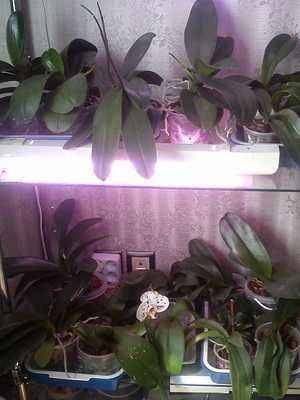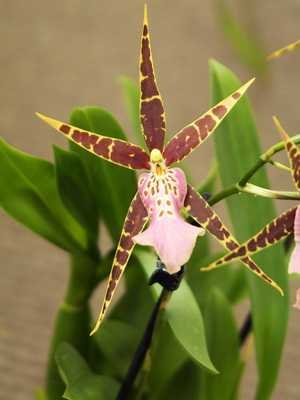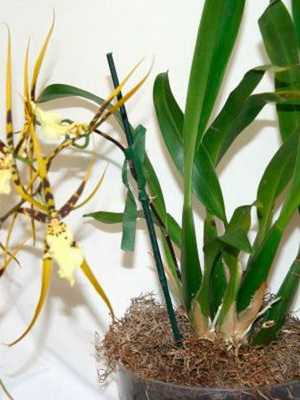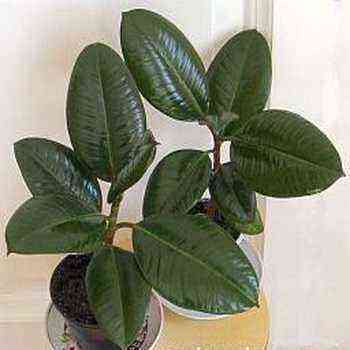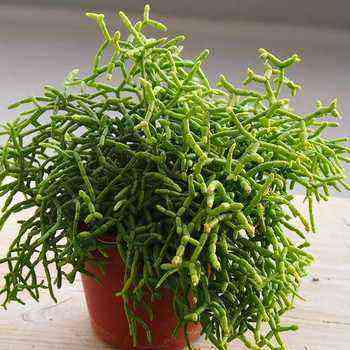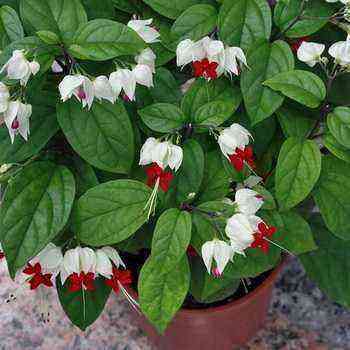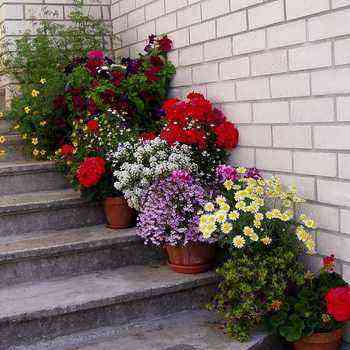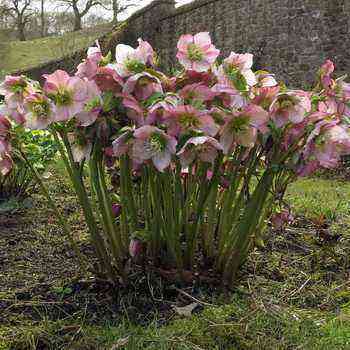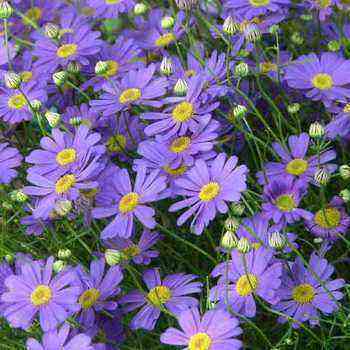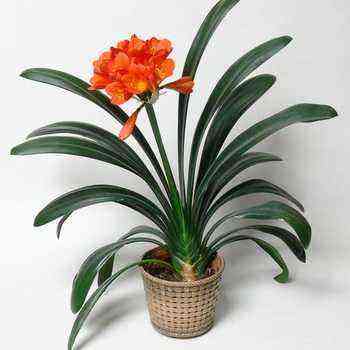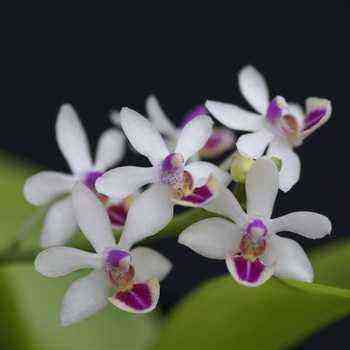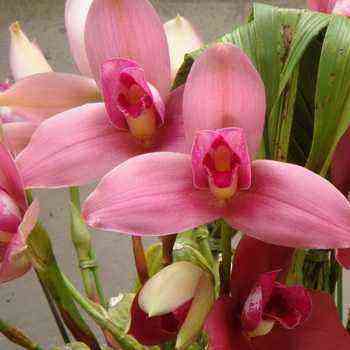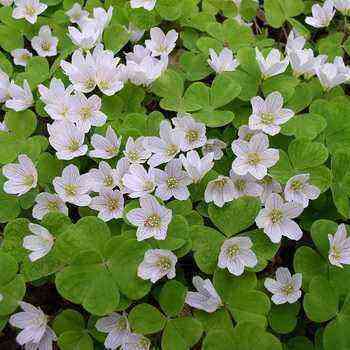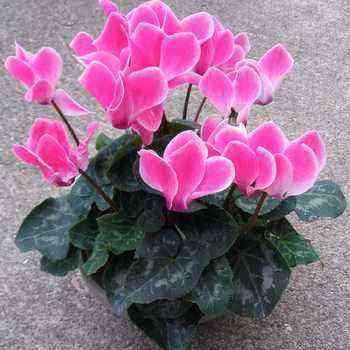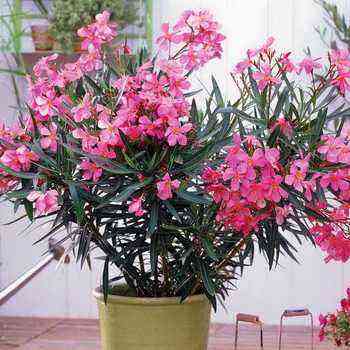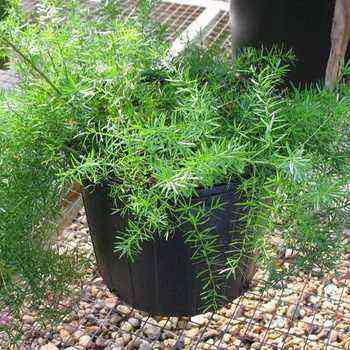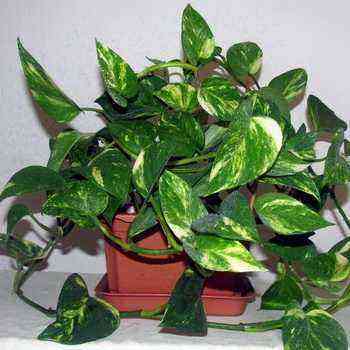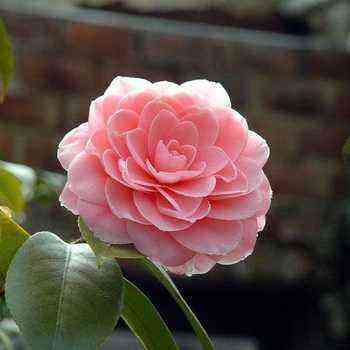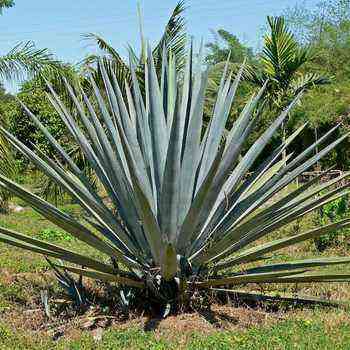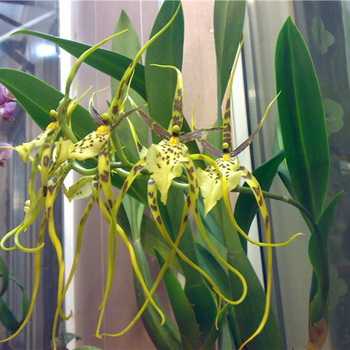
Varieties and hybrids of brassia
Brassia is an orchid that is a perennial herb. Family: Orchid. Homeland – tropical regions of America. Brassia is a very beautiful epiphytic plant. Large, leathery leaves grow from pseudobulbs. False bulbs have an oblong-rounded shape, flattened, tightly placed on the rhizome, with 1 or 3 leaves. Flowers appear on long (up to 50 cm) stems. Blooms from spring to late summer. Its aroma is similar to the smell of vanilla.
There are 34 natural species and 33 artificially bred hybrids in orchids of this genus. Take a look, below the brassia varieties are shown in the photo. The illustrations clearly demonstrate the whole variety of colors of the petals of the representatives of this plant. As you can see from the photographs, they can be either sunny greenish tones with brownish blotches, or brownish with golden greenish spots.
Among the varieties of brassia there are:
Brassia filomenoi.
Brassia gireoudian.
Brassia koehlerorum, etc.
Among the hybrids are:
Brassioda.
Forgetara.
Miltassia and others.
In indoor floriculture, warty brassia (B. verrucosa) is usually used. This is due to the fact that it is the easiest to care for it, and the plant does not stop blooming almost all year round. Moreover, the duration of flowering of each flower is about a month.
Rules for caring for brassia at home
Caring for the brassia orchid is easy to carry out at home. You just need to know a few basic rules, adhering to which, even a beginner can grow a beautiful plant at home. Attention should be paid to the requirements for the environmental conditions. The place for keeping brassia can be light or semi-shaded. It is best to place the flowerpot in the west or east indoors, although in the summer, the north orientation of the windows may also suit the orchid. If the windows face south, you should create a shade on the windowsill for the Orchid representative, in order to get rid of direct sunlight. If the daylight hours lasts less than 10 hours, artificial lighting for the plant should be arranged.
When caring for brassia at home, the room temperature should be maintained throughout the year – about + 23 … + 25 ° С. It is also possible to grow orchids at + 15 ° C. At the same time, for flowering, it requires a temperature drop in the range of 5 – 6 ° C.
Air humidity should be around 70 – 80%. If there is not enough moisture, the leaves of the plant begin to wrinkle. For moistening, you can use a tray with wet expanded clay or spraying with soft, boiled water.
Caring for a plant involves watering and feeding with nutrients. The substrate must be constantly moist. Watered with soft water. After flowering, during a month’s rest period, watering should be reduced. Every month, from May to September, they feed with a special fertilizer for orchids. It must contain the correct amounts of potassium, phosphorus and nitrogen.
Planting is a very important step in caring for a brassia orchid. Planting a plant is necessary at the time of planting its children and the primary pseudobulb in different pots, as well as when transplanting an adult unit into a more spacious flowerpot. For this, containers made of plastic or clay with holes made in the bottom are suitable, which will prevent the formation of liquid stagnation. If the pot is plastic, then it is better to give preference to a transparent material.
To plant a brassia house, you need a special substrate for orchids, which includes:
- Sphagnum moss.
- Bark of coniferous trees
- Peat.
- Charcoal.
To protect it from the possible appearance of slugs, you should rinse the soil with boiled water before planting or dry it at high temperatures in the oven.
The plant must be replanted annually in spring. Carrying out the procedure, it should be remembered that you can bring your pet back to life after suffering stress with the help of a warm shower (with water heated to + 36 ° C).
This stage of home care for brassia is shown in the photo:
It is especially important to transplant an orchid if its roots do not fit in the flowerpot, they hang over the edges. A porous drainage, loose, well-permeable soil is required. It is important to remember that during transplantation, the orchid is buried in the substrate so that young false bulbs, appearing on top of the old ones, can be sprinkled with soil. It is necessary to place it not in the middle of the pot, but closer to the wall – pseudobulbs will not develop on this side.
As you can see, it occurs by dividing rhizomes with 1 – 2 pseudobulbs. To do this, it is necessary to make a cross section closer to the mother false bulb.
A pest such as a spider mite may appear on a domestic pet, which can be eliminated by arranging a warm shower with water heated to + 45 ° C. If the substrate is waterlogged, and the air in the room is not warmed up enough, root rot disease may appear. In this case, the leaves turn yellow, later wither, and the plant dies.
Adhering to such simple rules, it is easy to grow a pet.
